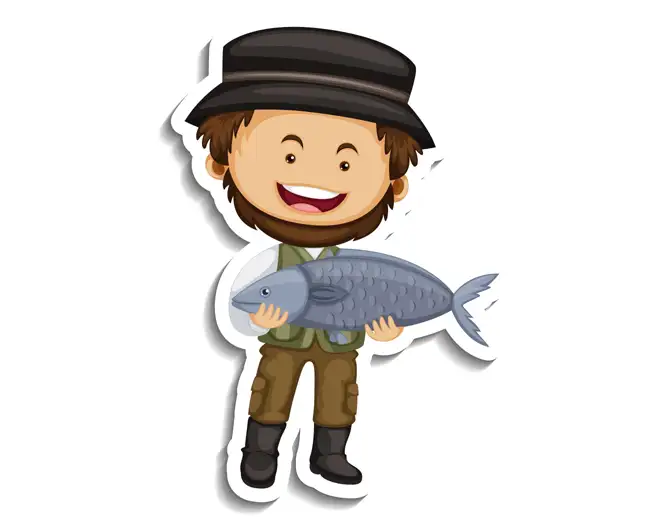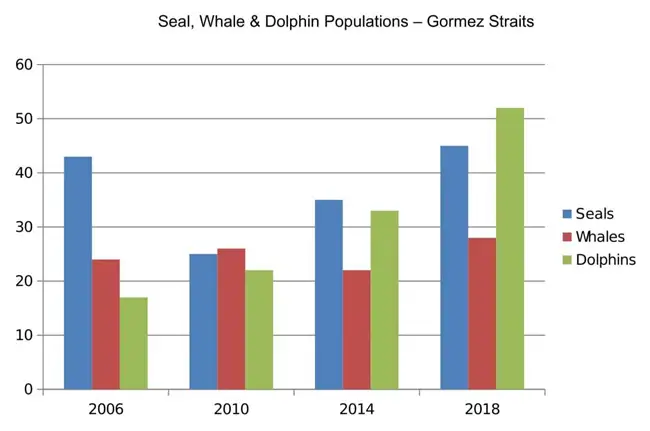English documentary on plesiosaurs with transcript and video to practice both reading and listening comprehension at the same time in real context and improve your academic vocabulary in real context with images. Source of documentary: National Geographic YouTube Channel Listening comprehension https://www.youtube.com/watch?v=mkw593Qa19U&t=65s Reading comprehension About plesiosaurs Sea monsters are considered to be mythical creatures at the center of tall tales, but science tells a story of real-life monsters lurking in the Earth's prehistoric seas; monsters called plesiosaurs. Plesiosaurs were ancient marine reptiles that first appeared about 215 million years ago. They belonged in the order, Plesiosauria, which is divided into two ...
Home » English Documentaries with Transcript » English Documentary on Plesiosaurs with Transcript & Video

English Documentary on Plesiosaurs with Transcript & Video
Updated: by Dr. Mohammad Hossein Hariri Asl
Time to Read: 3 minutes | 384 Views | 4 Comments on English Documentary on Plesiosaurs with Transcript & Video
Share This Post
About the Author
Dr. Mohammad Hossein Hariri Asl is an English and Persian instructor, educator, researcher, inventor, published author, blogger, SEO expert, website developer, entrepreneur, and the creator of LELB Society. He's got a PhD in TEFL (Teaching English as a Foreign Language).
Number of Posts: 4236



These creatures are interesting and my question is how this creatures haved still survived.
They are indeed interesting and marvelous. And about your question, I should inform you that plesiosaurs are extinct. In other words, they have not survived.
These creatures were fascinating indeed, but it makes me wonder what it would be like if they were still alive today.
That’s a pretty good question or, let’s say, hypothesis. I said hypothesis because I believe plesiosaurs or other colossal dinosaurs could not co-exist with humans. This is because they had physical strength, while we own mental or cerebral superiority.